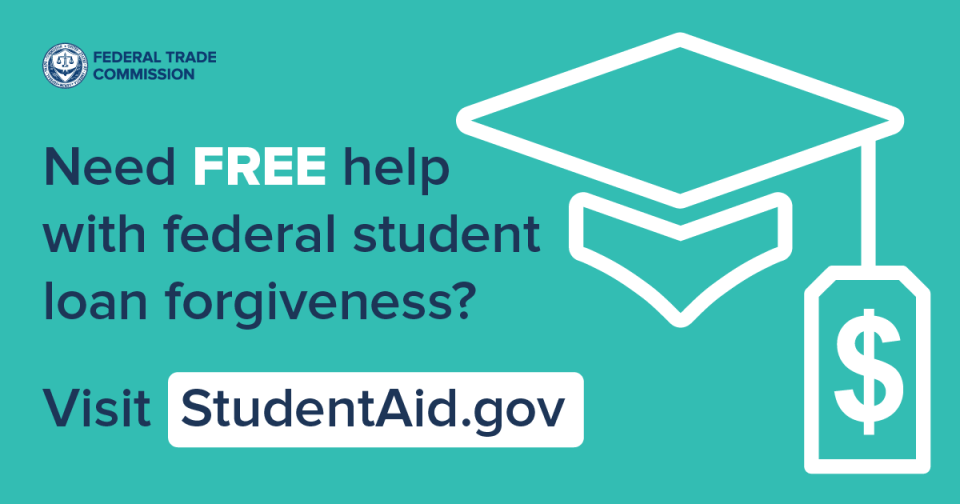If you have federal student loans, you probably got an email last month from Secretary of Education Miguel Cardona. (The email address it showed was noreply@studentaid.gov.) It has important information about your options for loan forgiveness. While that email is legit, scammers spread fake information about your student loans to try to get money or information from you.
Here’s one way to tell the difference: legitimate emails from the Department of Education will only come from one of these three email addresses:
- noreply@studentaid.gov
- noreply@debtrelief.studentaid.gov
- ed.gov@public.govdelivery.com
Sometimes scammers try to camouflage themselves by making their email addresses look like the real thing (say, by using the number “0” instead of the letter “O”) so look closely. If you’re not sure if an email is real or fake, call the Federal Student Aid Information Center at 1-800-433-3243 to confirm it really came from them.
Fake emails aren’t the only way student loan scammers try to get your money or personal information. Here are some other things to know:
- Scammers use official-looking names, seals, and logos to seem more legit. If you need help with your federal loans, make sure you’re working with a contracted federal student loan servicer listed on the U.S. Department of Education’s website.
- Scammers will want to get your Federal Student Aid account credentials. Don’t share your account username and password with anyone. If a scammer gets your account credentials, they can cut you off from your loan servicer — or even steal your identity.
- You don’t have to pay for help managing your student loans. Get free help managing your federal loans at StudentAid.gov/repay. If your loans are private, go straight to your loan servicer for help.
Spot a student loan scammer? Report them at ReportFraud.ftc.gov.

